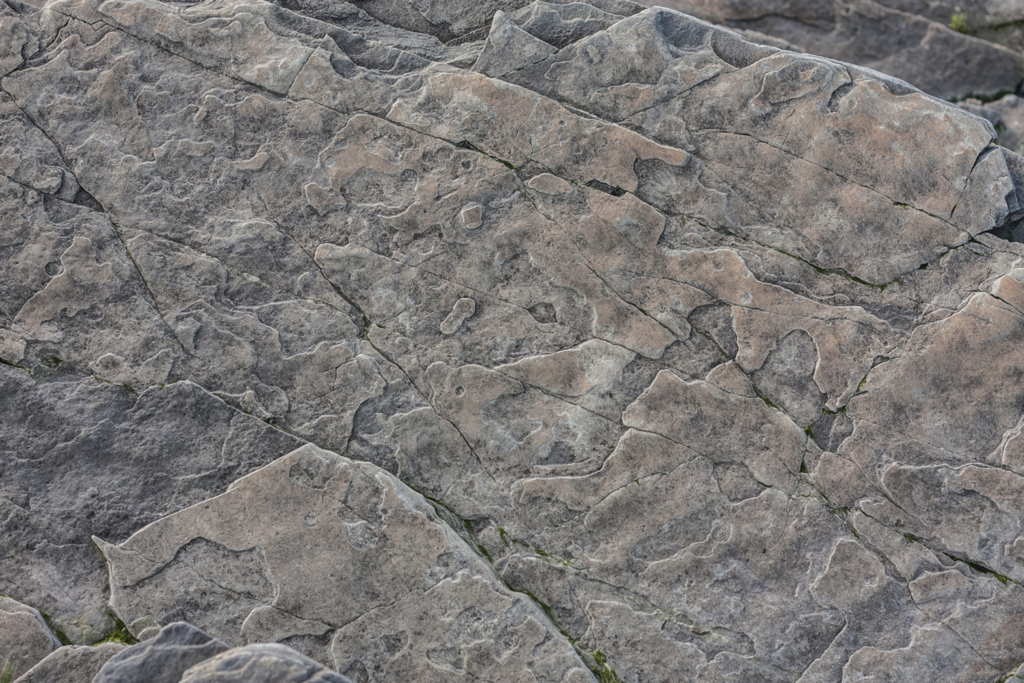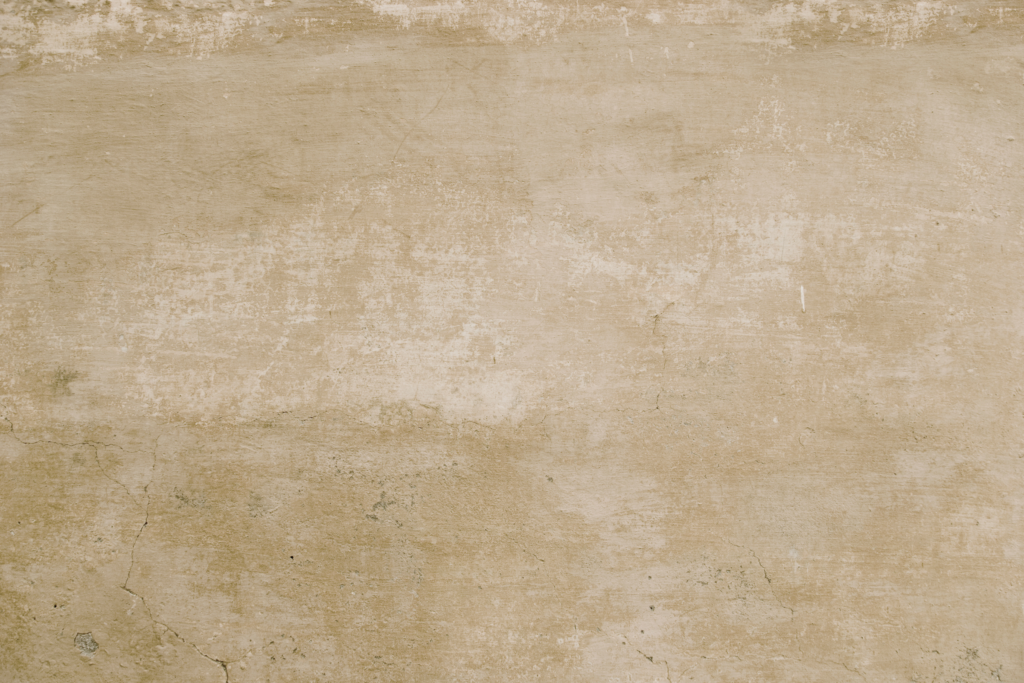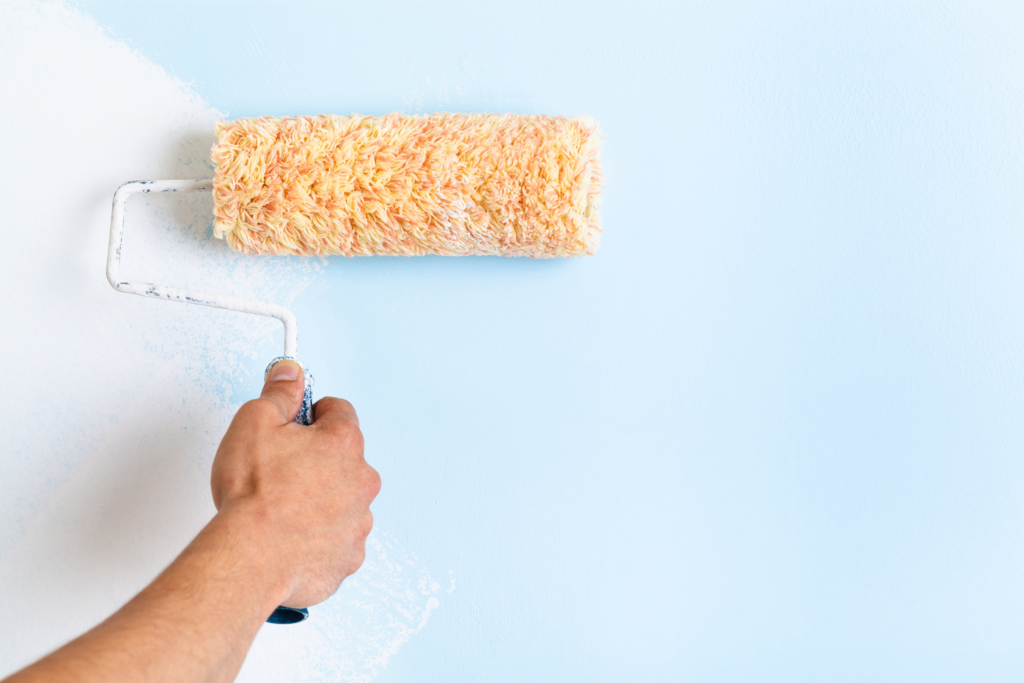What is Textured Spray Paint: A DIY Guide for Homeowners
Everyone has seen textured paint at some point and thought to themselves that it was a cool effect. But, how exactly does textured spray paint work and is it easy to use for yourself on your next project?
In this comprehensive blog post, we’ll take a look at the potential advantages that textured spray paint brings to the stable as well as some of the most popular types of textured spray paint finishes that are typically available.
Furthermore, our expert tips on how to apply textured spray paint will ensure a professional finish while avoiding common mistakes. Lastly, learn how to care for and maintain your newly-textured surfaces so they continue looking great over time.
So let’s dive right in and answer the question: What is Textured Spray Paint?
What is textured spray paint?
Textured spray paint is a versatile and innovative type of paint that creates a textured finish on various surfaces, such as walls, furniture, and other home decor items.
Textured spray paint is created by adding extra materials to spray paint that stick up and create an uneven, textured surface once the paint dries. The type of material used will depend on the desired finish but can include sawdust and other fine particles. The primary purpose of textured spray paint is to add depth and dimension to an otherwise flat surface while providing additional visual interest.
The texture created by the spray paint not only enhances the overall appearance but also helps in hiding imperfections or flaws on the surface being painted.
Types of textured spray paint
Textured spray paint comes in a variety of finishes, each with its own unique characteristics and advantages.
In addition to the glossiness of paint finishes (such as flat, matte, eggshell, satin, or high-gloss), textured paint provides an additional finish option.
By understanding the different types available, you can choose the perfect textured spray paint for your specific project needs. In this section, we will discuss four popular types: stone-textured, metallic-textured, sand, and faux-woodgrain finishes.
Stone-textured spray paint
Stone-textured spray paint provides a realistic stone look and feel to walls or furniture, with various shades such as gray, beige, brown, or multicolored options.
This type of textured paint is ideal for adding depth and dimension to walls or furniture pieces while also providing an elegant touch to any space. Stone-textured paints are typically available in various shades like gray, beige, brown, or even multicolored options that resemble real stones.
- Ideal for: Walls (interior/exterior), and furniture pieces.
- Durability: High resistance against chipping and fading; suitable for both indoor/outdoor use.
- Cleanup: Requires mineral spirits or acetone-based cleaner when wet; easy to clean once dry with soap/water solution.

Metallic-textured spray paint
If you’re looking to add some shimmering accents to your home decor projects,metallic-texture spray paints would be an excellent choice.
These paints create a metallic finish on surfaces which adds visual interest without being overly flashy. Perfect if you want something more subtle than full-on metallic paint. Metallic-textured spray paints come in various colors, including gold, silver, bronze, and copper.
- Ideal for: Accents on furniture pieces or walls; craft projects such as picture frames or decorative items.
- Durability: Resistant to chipping and fading; suitable for indoor use only.
- Cleanup: Requires mineral spirits or acetone-based cleaner when wet; easy to clean once dry with soap/water solution.

Faux-woodgrain spray paint
If you love the look of wood but don’t want to deal with the hassle of staining or refinishing real wood surfaces, faux-woodgrain textured spray paint is an excellent alternative.
This type of textured paint creates a realistic-looking wood grain effect that can be applied to virtually any surface from plastic and metal to concrete. Faux-woodgrain finishes are available in various shades like oak, walnut, mahogany, etc., allowing you to match your existing decor seamlessly.
- Ideal for: Furniture pieces (plastic/metal), doors/trim work (interior/exterior), outdoor structures such as fences/decks/railings/etc.
- Durability: High resistance against chipping/fading/weathering; suitable for both indoor/outdoor use depending on specific product formulation.
With the right type of textured spray paint, you can create unique designs and finishes to suit your needs. Getting the application right is essential for a successful outcome; let’s explore how to accomplish this in the subsequent section.
Sand-textured spray paint
A popular choice for creating beach-themed rooms or adding rustic charm, sand-textured paints contain small particles that resemble grains of sand when applied.

Spray paint with a textured finish is an ideal choice for anyone seeking to incorporate texture and depth into their DIY endeavors. With its many benefits, it’s no wonder why textured spray paint has become so popular.
Now let’s take a look at the advantages of using this type of paint.
Potential benefits of textured spray paint
Textured spray paint offers several benefits over traditional paints, making it an attractive option for homeowners and DIY enthusiasts alike.
The most compelling benefits include:
- Faster application
- Easier cleanup
- Durability
- Aesthetic appeal
Faster application
One major advantage of using textured spray paint is its quick application process.
Unlike traditional brush-on paints, which require multiple coats and long drying times between each coat, textured spray paint dries quickly and often requires fewer coats to achieve the desired finish. You can get the job done faster without compromising on quality due to the speedy application of textured spray paint.
Easier cleanup
Cleanup after using textured spray paint is generally much simpler than with traditional paints. Since there are no brushes or rollers involved, all you need to do is dispose of the empty cans responsibly according to local regulations – no need for cleaning solvents or washing out brushes.
Additionally, overspray from the aerosol cans can be easily wiped away with a damp cloth if caught early enough.

Durability & protection
- Durable Finish: Textured spray paints create a durable finish that resists chipping and peeling better than many standard brush-on paints. This makes them ideal for high-traffic areas like furniture pieces or entryways where wear-and-tear might otherwise cause damage more quickly.
- Rust Prevention: Some types of textured sprays also offer rust prevention properties when applied on metal surfaces such as outdoor furniture or garden ornaments – ensuring they stay looking fresh even in harsh weather conditions.
Unique aesthetic appeal
Textured spray paint can be used to add a unique and visually appealing aesthetic to home improvement projects, offering an alternative to traditional paints. From stone-textured finishes to metallic sheens and faux-woodgrain effects, these specialty paints allow you to add depth and character to your home improvement projects in ways that standard paint simply cannot achieve.
The advantages of textured spray paint are evident in its user-friendly application, resilience, and economical cost. Now let’s explore the different types of textured spray paint available on the market today.
How to apply textured spray paint
Applying textured spray paint is relatively easy and requires minimal preparation.
To achieve a distinctive appearance for your walls or furnishings, make sure you have the correct equipment and methods.
Follow these steps to ensure a successful application:
- Clean the surface: Before applying any type of paint, it’s essential to clean the surface thoroughly. Remove dirt, dust, and grease using a damp cloth or sponge with mild soap if necessary.
- Sand the surface: To help the textured spray paint adhere better, lightly sanding your project’s surface is recommended. Use fine-grit sandpaper (around 220 grit) for this task.
- Tape off areas not being painted: Protect adjacent surfaces from overspray by covering them with painter’s tape or plastic sheeting.
- Select appropriate safety gear: Wear protective eyewear, gloves, and a mask when working with spray paints as they contain chemicals that can be harmful if inhaled or come into contact with skin.
Applying textured spray paint is a great way to give your home an updated look and feel. To guarantee its longevity, careful maintenance is essential. Now let’s take a closer look at how to properly care for textured spray paint so that it looks its best.
Caring for textured spray paint
To ensure the longevity of your textured spray paint, take extra care to maintain its luster and protect it from wear and tear.
Cleaning Your textured surfaces
To keep your painted walls or furniture looking fresh, it’s essential to clean them periodically with a damp cloth. Take care not to scour or utilize harsh cleaning agents, as these may harm the texture of your painted surfaces.
For stubborn stains or dirt, consider using a mild soap solution before wiping clean with water.
- Gently wipe down surfaces with a damp cloth.
- Avoid using abrasive cleaners that could damage the texture.
- For tougher stains, use mild soap and water before rinsing thoroughly.
Waxing your textured spray-painted surfaces
Applying wax occasionally can help preserve the finish of your textured spray paint project by providing an extra layer of protection against scratches and scuffs.
Obviously, this option might not work depending on what kind of project you are dealing with.
Choose a high-quality furniture wax that is compatible with your specific type of textured spray paint (e.g., stone-textured vs metallic-textured).
- Select an appropriate furniture wax based on compatibility with your chosen type of textured spray paint.
- Apply wax sparingly according to manufacturer instructions – typically every six months or so depending on usage conditions.
Touch-ups & repairs
Over time, your textured spray paint may require some touch-ups or repairs due to everyday wear and tear. Keep a can of the original textured spray paint on hand for easy fixes when needed.
- Store leftover textured spray paint in a cool, dry place away from direct sunlight.
- Clean and lightly sand any areas requiring touch-ups before applying additional coats of paint.
Protecting your textured surfaces
To prolong the life of your textured spray-painted surfaces, consider using protective measures such as furniture pads or coasters to prevent scratches and dents. Additionally, avoid placing heavy objects directly onto painted surfaces without proper protection.
- Use furniture pads or coasters under items that could scratch or dent your painted surface.
- Avoid dragging heavy objects across textured finishes – lift them instead.
Taking care of your textured spray paint projects is essential for maintaining their appearance and longevity. To ensure the longevity of your textured spray paint projects, take care to lift heavy objects rather than dragging them across finishes.
FAQs related to textured spray paint
What is textured finish spray paint?
Textured finish spray paint is a type of paint that creates a textured look when applied. It usually consists of a combination of acrylic, latex, or enamel base paints with small particles suspended in the mixture.
This provides an uneven texture on surfaces such as wood, metal, and plastic which can be used to create unique effects like stone walls, stucco finishes, or simulated wood grain patterns. Textured finish spray paint is easy to use and dries quickly but should always be used according to the manufacturer’s instructions for the best results.
What is textured paint?
Textured paint is a type of wall finish that creates an uneven, three-dimensional look. Textured paint can be used to bring an interesting, textural element to walls, ceilings, or other surfaces. Textured paint typically consists of a base coat with additional ingredients such as sand, sawdust, synthetic fibers, or foam added for texture.
This mixture is then applied in layers using either a roller or brush and allowed to dry before the next layer is applied. The finished product has greater depth than traditional flat paints due to its textured surface which also helps hide imperfections on the wall surface underneath it.
What makes textured paint textured?
Textured paint is a type of coating that has been specially formulated to create an uneven surface. This texture can be created by adding aggregates, such as sand or marble dust, to the paint before it dries.
These particles are suspended in the paint and when applied they give off a unique patterned effect. Textured paints also contain binders which help them adhere better to surfaces than regular flat paints. The end result is a finish with greater depth and dimension compared to traditional smooth finishes.
How do you use textured spray paint?
Textured spray paint is a great way to add texture and visual interest to any surface. Before applying, it’s important to prepare the area by cleaning and sanding if necessary. Once prepared, shake the can of textured spray paint vigorously for at least one minute before use.
When ready, hold the can 8-10 inches away from the surface you’re painting in an even sweeping motion. Allow each coat of paint to dry completely before adding additional coats as needed for desired coverage or depth of texture. Finally, finish with a clear topcoat sealer for added protection against wear and tear over time.
Conclusion
Adding texture and dimension to any project is easy with textured spray paint. It can be used on walls, furniture, outdoor items or anywhere else you need some extra flair. With the right preparation and application techniques, textured spray paint can help bring your DIY projects to life with ease. Don’t forget that proper care of the finished product will ensure it lasts for years to come.
Take your DIY projects to the next level with textured spray paint! Achieve professional-level results while saving time and money.
Let Us Know How We’re Doing!
Did this expertly prepared resource answer your question?
Do you have another question about home maintenance, home improvement projects, home appliance repair, or something else?
Get more information, send in questions and keep the discussion going by contacting the I’ll Just Fix It Myself company customer service team at at 1-800-928-1490 or Email us at [email protected]
